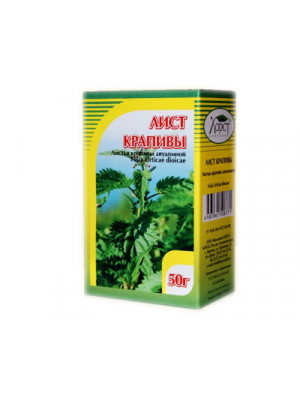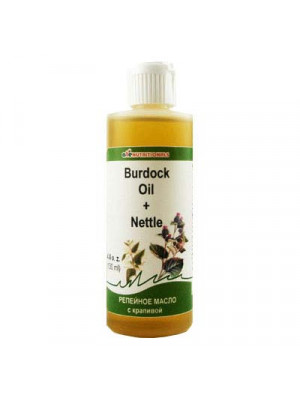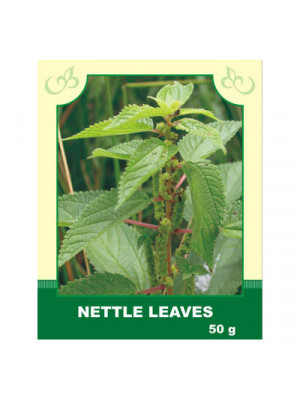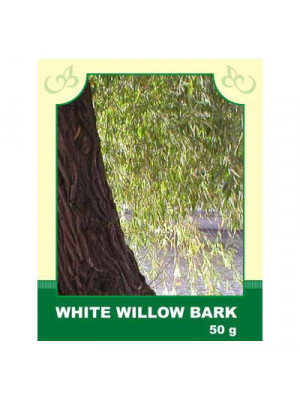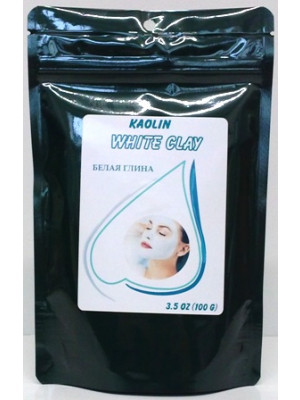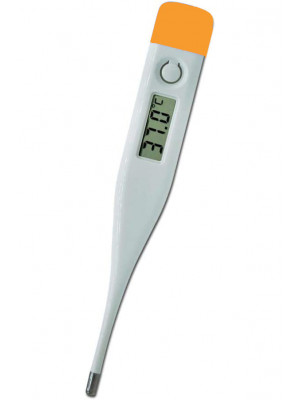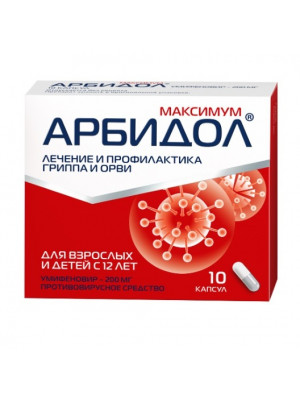Search results for 'white dead nettle'
Internally, it is used for gout and rheumatism; kidney and bladder diseases; liver and gallbladder diseases; tuberculosis of the lungs; dysentery; as a hemostatic agent for pulmonary, renal, uterine, and intestinal bleeding; and for digestive disorders.
Method of application and dosage: 2 tablespoons of raw material are poured with 200 ml of boiling water, heated in a water bath for 10-15 minutes, infused at room temperature for 45 minutes, squeezing out the remaining plant material. The obtained infusion is brought to the original volume, and it is taken in 1/4-1/2 cup 3-5 times a day before meals.
Externally, nettle is applied for hypo- and avitaminosis, as well as for strengthening hair and treating furunculosis.
Contraindications: individual intolerance, increased blood clotting, hypertensive disease, pregnancy, bleeding caused by cysts, polyps, and other tumors of the uterus and its appendages. Special caution for patients with kidney disease.
$6.99- Burdock has been a favorite medicinal herb for centuries and was taken for many ailments. Modern studies indicate that Burdock root oil extract is rich in phytosterols and essential fatty acid, nutrients required for healthy scalp and natural hair growth. Burdock root oil extract is popular in Europe as a scalp treatment applied to improve hair strength, shine and body, help reverse scalp conditions, combat hair loss. The oil helps combat scalp itching, redness and dandruff, promotes recovery of scalp irritation. Nettle contains necessary elements and vitamins which boost hair growth. Gently massage Burdock root oil extract into the scalp and leave for 30 - 45 minutes. For better results use regularly at least twice a week. Rinse hair thoroughly after shampoo, rinse with spring or distilled water after tap water. The oil is 100% natural and is made from the best herbs without dyes, additives and preservatives.
Warning! Before using any herbal products, make sure that you have full knowledge of how the herb works and any adverse reaction it may cause.$7.99
Description. Nettle is very popular with herbalists and homoeopathists. Nettle consists of formic acid, mucilage, mineral salts, ammonia, carbonic acid and water. The herb also contains vitamins C, K, B2, carotin, and nutrients like iron, potassium, calcium, sulfur and proteins. Nettle leaf produces styptic, blood and bile expelling, diuretic, purgative, anti-inflammatory, antiseptic, antispasmodic, expectorating, spasm inducing and tonic effect. Nettle leaf preparations help improve blood coagulability, raises the quantity of hemoglobin, platelets and red corpuscles in blood. It also helps lower the quantity of sugar in blood and has a stimulating action. Do not use in cases of hypersensitivity, thick blood, diseases requiring surgical intervention. Use with care with kidney problems. Use. Use in cases of hemorrhages (including pulmonary hemorrhage, blood in urine, intestinal and hemorrhoid hemorrhage), vitamin deficiency, arteriosclerosis, inflammation of the gallbladder, ulcer of the stomach and the upper small intestines (duodenum), constipation, inflammation of the small intestines, non-healing festering wounds, surface ulcers, boils, herpes, acne, bed sores, iron deficiency anemia, kidney diseases, diseases of the respiratory tract, poly-mecorrhea, fibroid tumors of the uterus, epilepsy, hysteria, rheumatoid arthritis, aches and pains in the muscles, gout, diabetes mellitus, angina, and to improve gums and hair growth.
Attention! Before using any herbal products, make sure that you have full knowledge of how the herb works and any adverse reaction it may cause.$6.99Internally, the decoction is taken for headaches, neuralgia, various forms of neurosis, rheumatism, gout, colds, indigestion, inflammatory processes in the intestines and stomach, jaundice, liver and spleen diseases (if overloaded with large doses of toxins), diarrhea, diseases of the urinary tract, gynecological and infectious diseases, and internal bleeding.
Method of application and dosage: Steep 1 teaspoon of bark in 200 ml boiling water, let it infuse until cool, strain, squeezing out the plant material. Bring the resulting infusion to the initial volume with boiled water, and take 1 tablespoon 4-5 times a day.
Externally, willow bark is used as a mouthwash for stomatitis, periodontosis, angina, and inflammatory processes in the oral and throat cavity. It is also used in baths for varicose veins and for washing wounds and ulcers on the body.
Contraindications: Pregnancy, lactation, individual intolerance. It should not be used if aspirin, laxatives, cold and cough remedies, antacids, vitamins, and amino acids are used in treatment.
$6.99- White Kaolin Clay is found in many powdered and dry cosmetics and most wet cosmetics. Its natural adsorbent properties make it essential in hygiene products. It is the mildest of all clays and is suitable for people with sensitive skin. It helps stimulate circulation to the skin while gently exfoliating and cleansing it. Kaolin Clay is rich in calcium, silica, zinc and magnesium, which are beneficial for oily, blemished skin. The clay's mildly drying and disinfectant properties help heal existing blemishes and inflammations, while preventing new ones from forming. The high mineral content of White Kaolin Clay rejuvenates the skin. Regular use of clay facials will remove dead skin cells, improve circulation to the skin, remove debris from the pores and bring about a smooth healthy glow.$7.99


